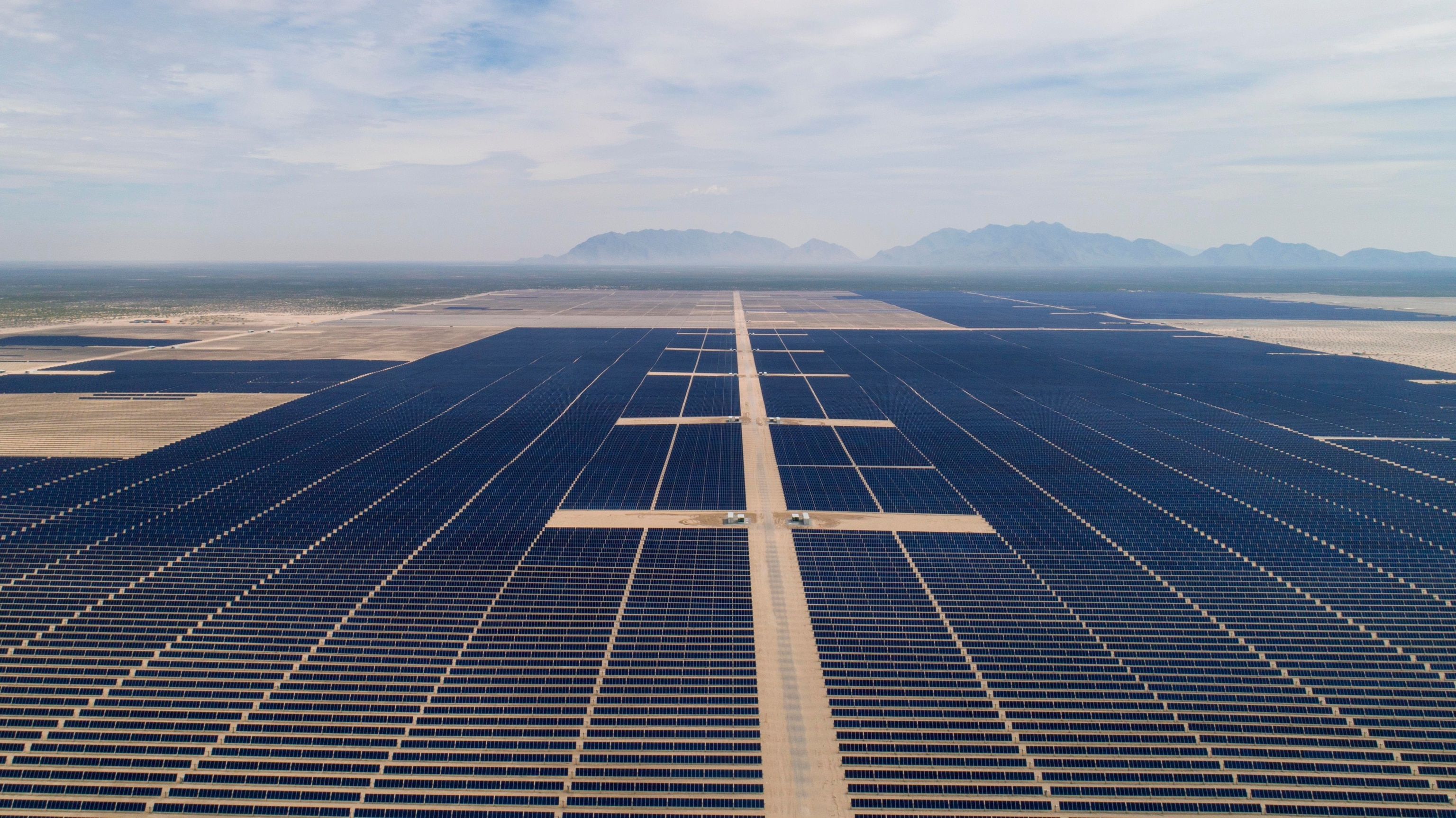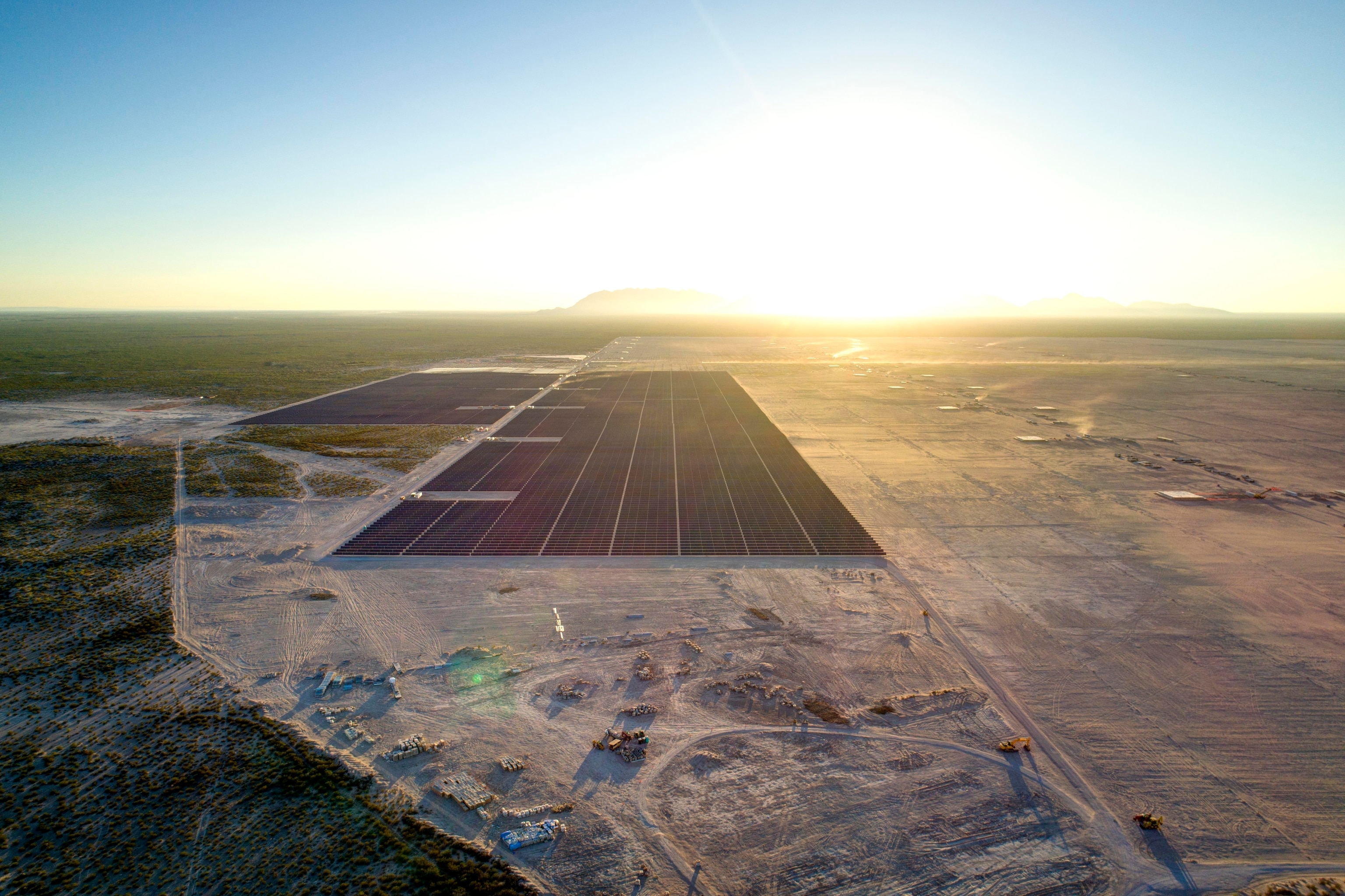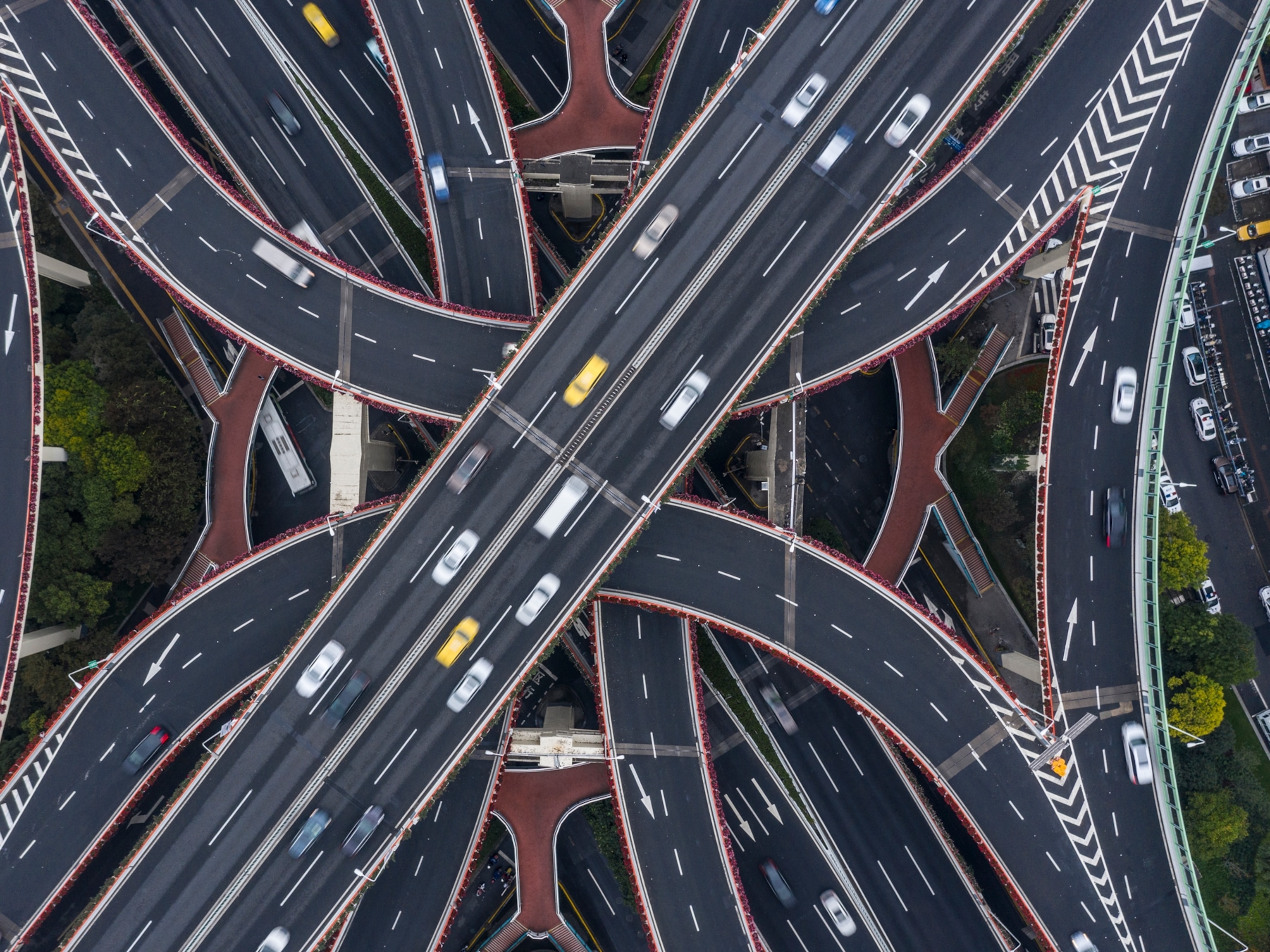As darkness fell across New York City on the 25th of September 2015, the headquarters of the United Nations lit up with brightly colored infographics, images, and slogans celebrating the adoption of a historic new agenda—the 2030 Agenda for Sustainable Development. At its core, this ambitious and far-reaching program has 17 Sustainable Development Goals (SDGs) designed to focus attention on some of the world’s most pressing problems from energy and education to inequality and the environment. They are described as a blueprint for peace and prosperity for people and the planet, and are underpinned by an urgent call for action at every level.
The origins of the SDGs date back to 1992 when 178 countries agreed to work toward developing a comprehensive plan of action for sustainable development that would improve human lives and protect the planet. This led to the adoption of the eight Millennium Development Goals on which today’s SDGs build. The SDGs were developed using the largest consultation program in the history of the United Nations with a working group from 70 countries guided by the findings of nearly a hundred national consultations, countless door-to-door surveys, and an online survey in which people prioritized the issues they thought should be addressed. The resulting SDGs targets include poverty, hunger, health, education, gender equality, water availability, energy access, employment, climate change, the environment, and justice.

The need was clear: one billion people were living in poverty, more than 800 million people did not have enough to eat, and 13 percent of the world’s population had no access to electricity. The planet had reached the tipping point for climate change and experiencing ongoing environmental devastation. Nearly five years into the program and progress is being made. Extreme poverty has declined; access to education, jobs and sustainable energy has grown; and there has been an increase in sustainable consumption and production policies. This last area is one where many companies, including major multinationals, are making a serious effort by building the SDGs into the fabric of their businesses. One such company is Enel Green Power (EGP).
As a renewable energy company, sustainability is central to EGP’s business. Through their Sustainable Worksite that aims to measure, mitigate, and offset the impact of construction on the environment and local communities, EGP is aligning itself with the UN’s Sustainable Development Goals. EGP’s Villanueva solar plant in Coahuila State, Mexico, is just one example of this model. Before construction began, EGP assessed the plant’s impact on the area’s biodiversity, and set aside nearly 1,500 acres of land (600 hectares) for the relocation of flora and fauna. This involved moving more than 147,000 specimens of flora, notably various types of cacti, as well as more than 25,000 fauna, including frogs, snakes, and lizards, all in keeping with the Sustainable Development Goals for protecting and conserving the environment.

During construction, the solar panels arrived in boxes that added up to 260 tons of waste wood. Rather than discarding this wood, EGP initiated the Semillas de Madera (Wood Seeds) project that saw Enel and its contractors coordinate a 5,700-hour program through which 25 local community members trained as artisan carpenters. Under the guidance of a local instructor, these carpenters have transformed the would-be waste into tables, benches, bedroom furniture, and even roofs for buildings. For EGP, this not only meets their targets on recycling, but also SDG 8―promoting productive work for all. And alongside the solar plant, EGP has built a water purification plant to support the wider local community which has long struggled with a contaminated water supply, meeting SDG 6―water availability and sanitation for all.
Goals without actions are largely meaningless. The SDGs serve as a positive guide, outlining what needs to be achieved, but it remains to the responsibility of governments, companies, and individuals to turn ideas into realities through actions. And this is what Enel Green Power is doing: modeling sustainability and inspiring―and equipping―others to adopt sustainable practices as well. By building the SDGs into their global business model, EGP is not only helping individual communities like Villanueva, it is also contributing to a crucial change in the way the world thinks and acts about the planet and the people who call it home.




